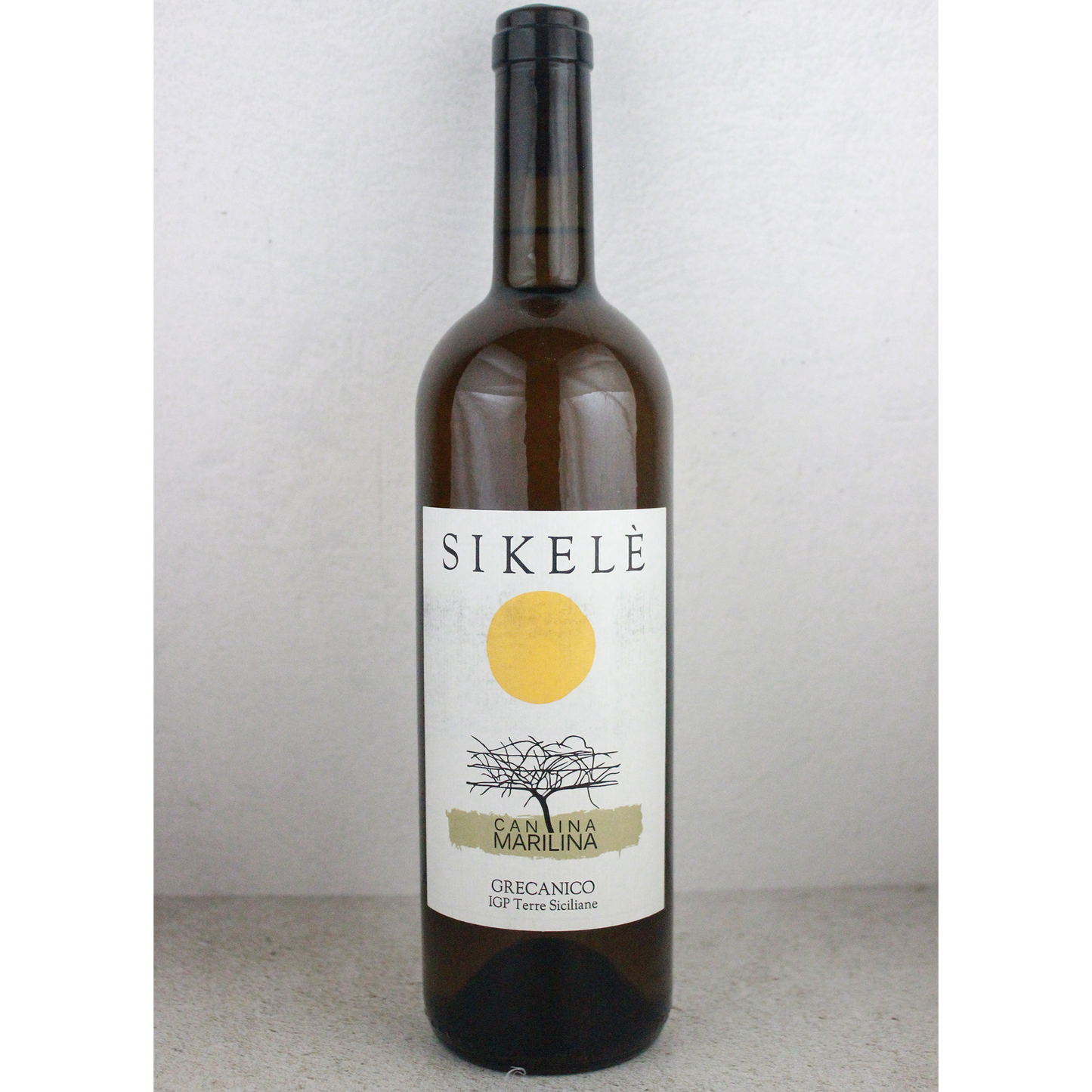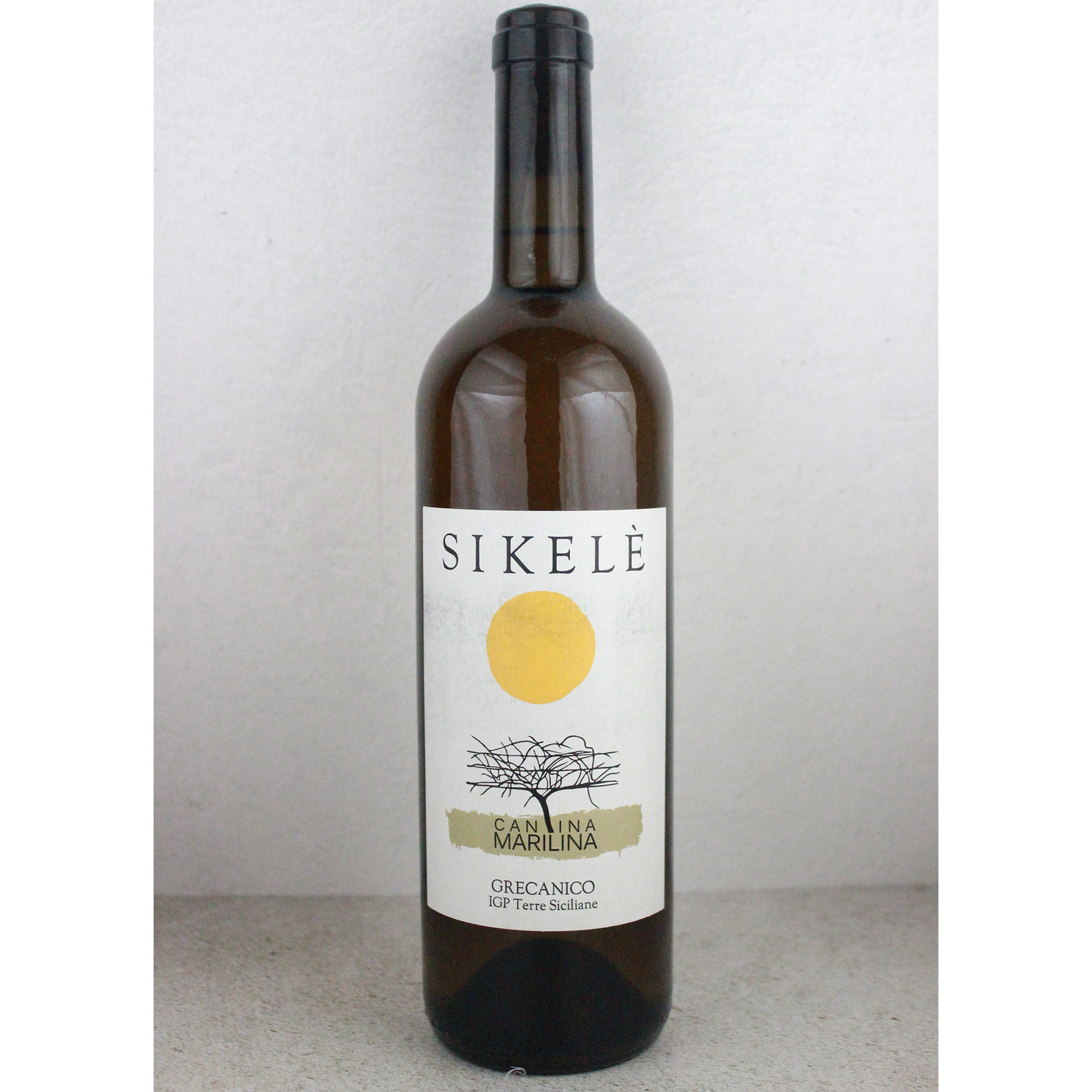Cittavino_co
2016 Marilina "Sikele'" Grecanico (skin contact/orange) Sicilia IGT (Noto)
Couldn't load pickup availability
Made from the Grecanico grape- the Sicilian counterpart (or biotype) to the Garganega in the North, this skin contact, kind oxidative dude comes from almost pure limestone soils. In its youth, the acid is rippin'. The 2016 shows us a softer side, but versatile and so nuanced: almond; dried lemon peel; straw, ginger shrub. Try with a range of foods from shellfish to a pork roast.
13 hour maceration, spontaneous fermentation in concrete tanks with indigenous yeasts, 6 months in concrete tanks, 3 months in bottle, very minimal sulfur use.
Garganega is one of Italy's most ancient grape varieties, it is a parent variety to many current grapes. Knowing that, it's not all too odd that this grape would also have a little stronghold in Eastern Sicily. Despite the Veneto claiming it as its native variety, the origins of Garganega are unknown...
Noto is known for not just the spectacular Baroque town and proximity to the sea, but also for its white limestone soils. The Paterno' family grows on limestone and clay, the limestone giving the wines amazing acidity and freshness, despite the southeastern Sicilian heat.
Angelo Paternò worked for 25 years as the winemaker and technical director for the Sicilian wineries Cantine Settesoli and then Duca di Salaparuta and then bought 60 hectares (148 acres) on a hill formerly known as Poggio dei Fossi in the southeastern Sicilian province of Siracusa, near the town of Pachino, where he thought the land was one of the best viticulture areas in Sicily.
He handed the reins over to his daughters, Marilina and Federica, and still helps them in the cellar. They grow organically and favor strict minimal intervention and additives in the cellar, with an approach influenced by local natural winemaking master Frank Cornelissen. Almost half of the land is dedicated to polyculture in order to nurture the ecosystem. On the other 35 hectares grow a array of grape varieties such as Nero d’Avola, Grecanico, Muscat Blanc, Moscato Giallo, Insolia, Merlot, Tannat, Viognier, and Chardonnay. In the cellar, fruit and freshness are preserved with the use of large concrete tanks for fermentation and elevage.


